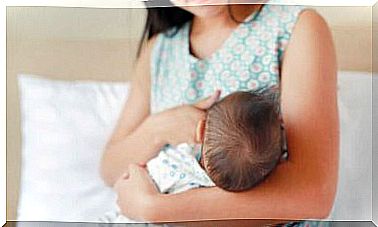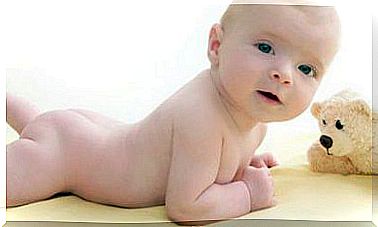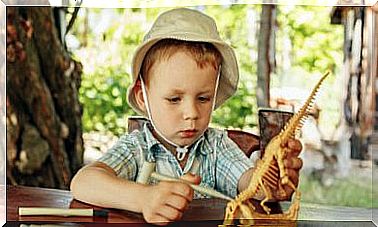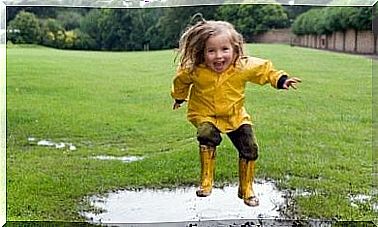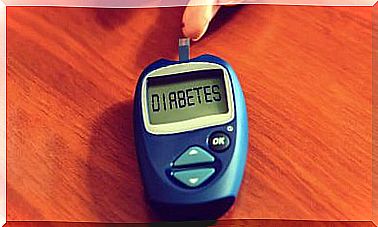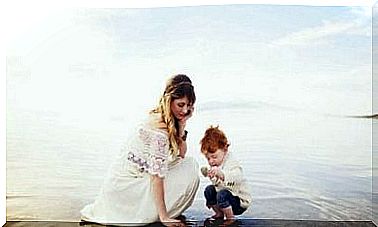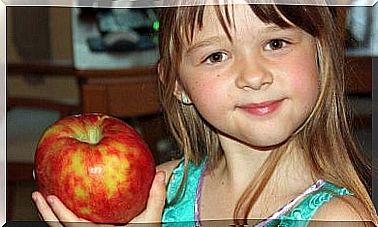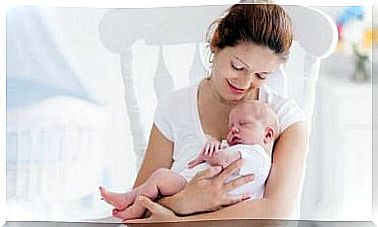How To Help A Hyperactive Child?

Currently, hyperactivity in children appears to be a fashion disorder. It is increasingly common to hear parents and teachers complain that their child is a hyperactive child, affected by this behavioral disorder. To explain it, there are several arguments, among them that the excess of
activity
it is the fault of the consumption of sodas with caffeine. As a result, consultations with psychologists and psychiatrists have increased exponentially.
However, it is necessary to be very careful when labeling a child as “hyperactive”. Mistakes can be made harmful to the little one. It’s no big deal to have a really hyperactive child or student. If treated properly, it will develop like any other child. However, if he continues with inadequate treatment of this situation, he can become a frustrated, insecure and unsuccessful child.
Some precisions about hyperactivity in children
the restless children
It is not necessary to call a child who runs non-stop or constantly moves during a long journey hyperactive. This expresses a lack of knowledge about what this behavior disorder really is.
Many children are by nature restless, noisy, like to run, climb and touch anything that catches their attention ; and this is normal. Often the same happens with teachers. They exhaust your patience, because in the group there are five, six or more
kids
restless, they become exhausted and end up calling their parents to suggest an appointment with the therapist. 
Restless children are not hyperactive, in the sense that they do not manifest behavioral disorders. They are simply restless children. If these children learn well, sleep well, are happy, have friends and play, they are normal children, but restless.
How do hyperactive children act?
On the contrary, a hyperactive child is one with a constant restlessness, which prevents him from developing the attitudes typical of children his age. Some of the specific characteristics of children with hyperactivity are:
- Manifest learning problems.
- They don’t respect the rules, neither the family organization nor the games. This causes relationship problems with other children.
- They have a hard time waiting, that is, being patient.
- They act without thinking, they are impulsive.
- pass the
morning
moving, but not to do anything in particular, but simply by moving.
- They are often run over, bump into doors, and push things out of their way.
- They can’t focus their attention, and constantly jump from one topic to another. It seems that nothing interests them.
For these children, penance and anger are not valid. It is useless to tell them to keep quiet, or finish their duties before getting up. They seem to listen, but in a few minutes they do what was forbidden to them again. These are symptoms of hyperactivity, technically called “Attention Deficit Disorder with Hyperactivity”, “ADHD”.
How to help a hyperactive child?
The daily control of hyperactivity in children is a challenge for adults responsible for their development and education.
- First, the adult must understand that hyperactivity is not voluntary. It’s not that the child wants to move constantly. What happens is that she can’t
to control
. Therefore, it is necessary for the responsible adult to generate the favorable attitude that allows them to help them change their behavior. - Treatments, rewards, or reinforcements for accomplishments are useful strategies. For example, “if you sit down while you eat for a week, you will get the toy you want so much.” Measure your achievements day by day and trade with tokens that, accumulated, lead you to get the prize.
- The starting point can be for the child to remain seated for more than three minutes. Then increase to five, then to eight, and so on until you reach the target you set.
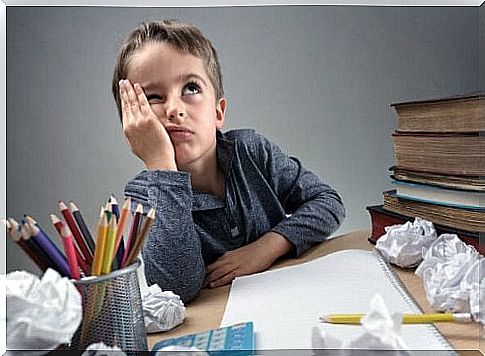
- Attention management. In order to educate the focus of attention that requires a task, it is advisable to repeat aloud each of the steps that must be followed. That way, she can do it herself later, as often as necessary. Always out loud. Little by little, the child will be able to be guided by instructions in his thinking.
- Limit your consumption of caffeinated beverages and sugars. The question of the relationship between cola drinks and hyperactivity is being investigated. It’s true that caffeine and excess sugars act as stimulants. That’s why they cause agitation and make it more difficult to calm down.
A proper home environment is critical to helping a hyperactive child. Children feel that their
country
they are the foundation on which they must build their own scale of values. Parents depend, in large part, on changes in the behavior of the hyperactive child.
